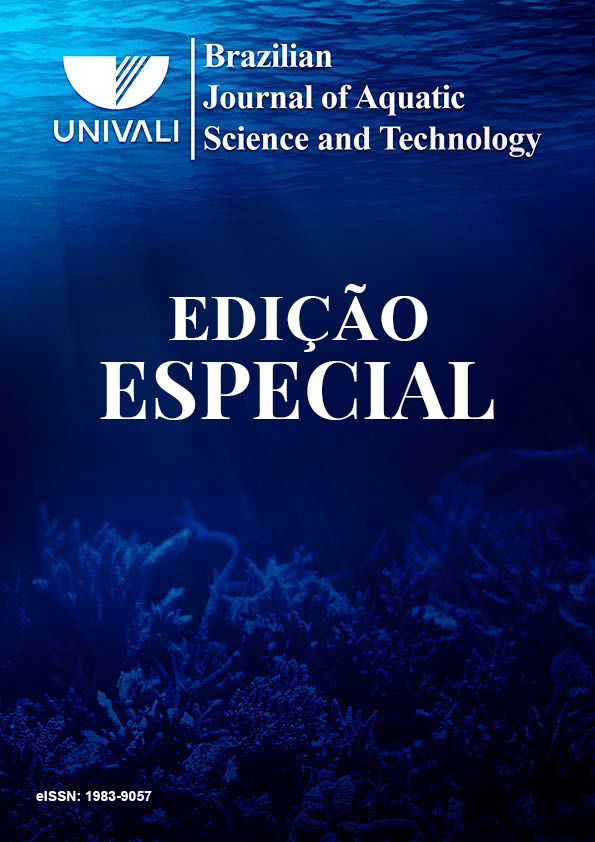A importância de unidades de conservação na proteção de aves da floresta atlântica frente à fragmentação
Data de publicação: 17/06/2020

Due to the few studies in ornithology in the gleba menor of the Sassafras and Canela Preta Biological, the objective of this study was to evaluate the role of these Units for the preservation of forest birds. In the field, a monthly quantitative inventory was carried out, covering all seasons and periods of the day. The specimens were identified by sonic and visual evidences using a 7 X 35 mm binocular. The displacement in each area was one hour, carried out by walking at a constant speed (± 3.0 km / h) on pre-existing tracks, covering the largest area and possible environments. For each unit with the area and perimeter values, the form factor was calculated. With a sample effort of 65 and 71 hours of observation for the Canela Preta Biological Reserve and for the gleba menor, it was possible to record 182 and 190 species respectively. The richness in the areas can be considered high when compared to the richness in the greater area in the Sassafras Rebio (3,840 ha), where 237 species were registered. Among the species are those considered endemic, which for the two areas add up to 84 species, such as Lipaugus lanioides (Lesson, 1844). It was possible to record the presence of species characteristic of altitudes such as: Pyrrhocoma ruficeps (Strickland, 1844). Among species of conservation interest we have Amazona vinacea (Kuhl, 1820) considered threatened (EN). The most representative species was the Critically Endangered (CR) Primolius maracana (Vieillot, 1816). For the shape factor we obtained values of 0.21 (Sassafras) and 0.18 (Canela-Preta). Values less than 1 indicate a more circular area and, consequently, less edge effect. From the above, it is evident the importance of these protected areas  for the conservation of bird species against the fragmentation of the Atlantic Forest in Santa Catarina.









